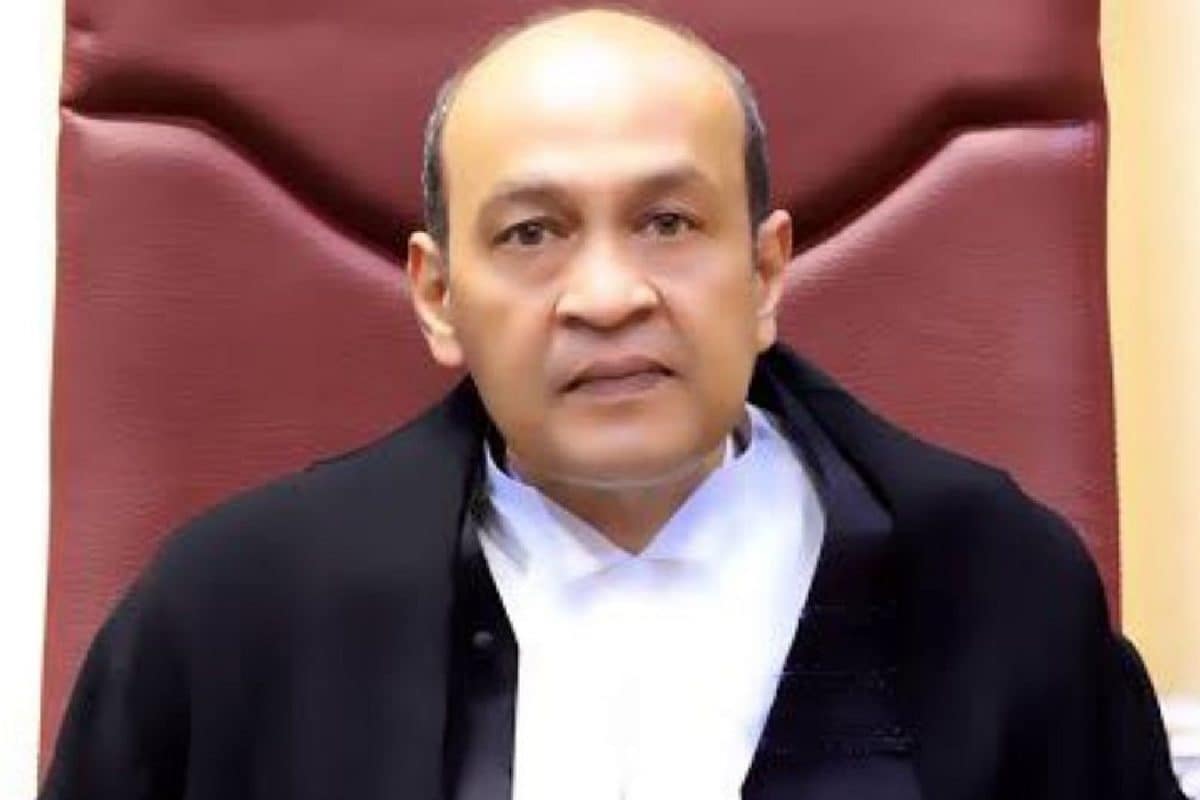

The Indian government is reportedly moving towards initiating an impeachment motion against Justice Yashwant Varma of the Allahabad High Court during the upcoming Monsoon Session of Parliament. This move follows Justice Varma's indictment by a Supreme Court-appointed committee in connection with the discovery of a large amount of unaccounted cash at his official residence in New Delhi earlier this year.
Union Parliamentary Affairs Minister Kiren Rijiju has stated that the government is engaging with all political parties to build a consensus on the impeachment motion, emphasizing that corruption within the judiciary should not be viewed through a "political prism." The government aims for a collaborative effort, seeking support across party lines to ensure the motion's success.
The Impeachment Process for a High Court Judge in India
The impeachment of a High Court judge in India is a complex and rigorous process, outlined in the Constitution and the Judges (Inquiry) Act of 1968. It involves multiple stages, including initiation, investigation, and parliamentary approval. The grounds for removal are "proved misbehaviour" or "incapacity."
Here's a breakdown of the process:
Initiation of Motion: The impeachment process begins with a motion introduced in either the Lok Sabha (lower house) or the Rajya Sabha (upper house) of the Parliament. To initiate proceedings, the motion must be supported by at least 100 members of the Lok Sabha or 50 members of the Rajya Sabha.
Admission of Motion: Once the motion is submitted, the Speaker of the Lok Sabha or the Chairman of the Rajya Sabha decides whether to admit it.
Formation of an Inquiry Committee: If the motion is admitted, a three-member committee is formed to investigate the charges against the judge. The committee consists of:
Investigation Process: The inquiry committee investigates the charges, functioning like a trial court to determine guilt. The judge is given an opportunity to defend themselves against the allegations. The committee frames charges, and a copy is forwarded to the judge, who can then present a written defense.
Committee Report: After concluding the investigation, the committee submits its report to the Speaker or Chairman of the respective House, who then presents the report to the House. If the committee finds the judge guilty of misbehavior or incapacity, the motion for removal is taken up for consideration and debated.
Parliamentary Approval: For the impeachment motion to be successful, it must be passed by a special majority in both Houses of Parliament during the same session. This special majority requires:
Presidential Order: If both Houses of Parliament pass the motion with the required majority, the address is presented to the President of India. The President then issues an order removing the judge from office.
Key Points and Considerations
The impeachment of a High Court judge is a grave matter, requiring substantial parliamentary consensus to protect judicial independence while ensuring accountability. The current move against Justice Varma highlights the commitment to fighting corruption within the judiciary, and the government is striving to achieve a collaborative and non-partisan approach to the process.